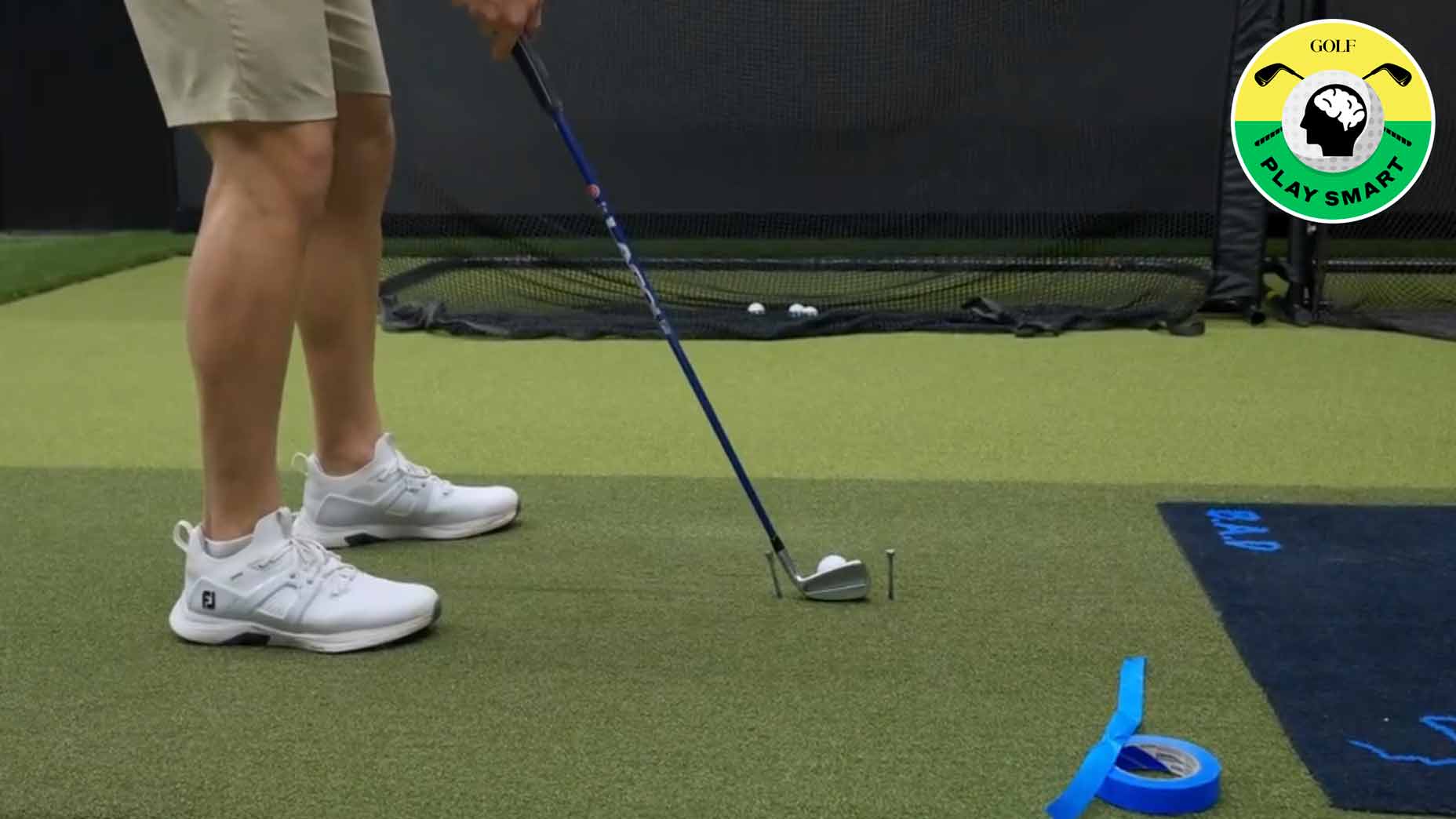There’s a big debate over being steep vs. shallow in the short game. What’s best for the average player? I tried to find out. The post As an average player, is steep or shallow better? I did a deep-dive to find out appeared first on Golf. There’s a big debate over being steep vs. shallow…
Struggling on par-3s? Try this strategy
In this edition of Play Smart, GOLF Teacher to Watch Christy Longfield explains how you can improve your par-3 scoring.
The post Struggling on par-3s? Try this strategy appeared first on Golf.
In this edition of Play Smart, GOLF Teacher to Watch Christy Longfield explains how you can improve your par-3 scoring.
The post Struggling on par-3s? Try this strategy appeared first on Golf.
Welcome to Play Smart, a regular GOLF.com game-improvement column that will help you play smarter, better golf.
For lots of weekend warriors, par-3s represent a great scoring opportunity. Having the chance to hit a green in regulation with an iron in hand can be a rarity for high-handicappers, and most par-3s give them that chance.
With the chance to hit a green with an iron so rare, though, these players aren’t familiar with the best ways to attack these scoring opportunities. When these chances are so few and far between, they often aren’t approaching these shots with the correct mentality.
If this sounds like you, read on. In today’s edition of Play Smart, we get some advice from GOLF Teacher to Watch Christy Longfield on how best to attack par-3s and take advantage of the prime scoring opportunities.
How to attack par-3s
When you step to the tee box on a par-3, the first thing you want to do is get the key yardages. Most players will simply grab their rangefinders and shoot the distance to the pin. But if you want to be savvy in your approach, you need more than just the yardage to the flag.
“Is it truly the target we should be hitting at to get our best score on the hole?” Longfield says.
You might assume that hitting toward the pin will yield the best results, but oftentimes that will only invite trouble into play. Instead, you need to play the percentages.
If you’ve got a hazard in between you and the flag, shoot the yardage to cover that obstacle. Once you’ve got that yardage, you’ll know the yardage you need your shot to fly at minimum to keep yourself out of trouble.
Next, shoot the distance to the back of the green. This number will be the maximum you want your shot to travel. Then, when selecting your club, choose a club that will end up between that minimum and maximum number.
“[It’s] a bigger picture of where you can fit the ball in to,” Longfield says. “Versus a four-and-a-half inch circle where you’re trying to get the ball to.”
Getting that range between the front and back of the green gives you a much larger target from front to back to aim for. And if you can consistently hit in that zone, you’ll give yourself much more looks at birdie.
The post Struggling on par-3s? Try this strategy appeared first on Golf.

